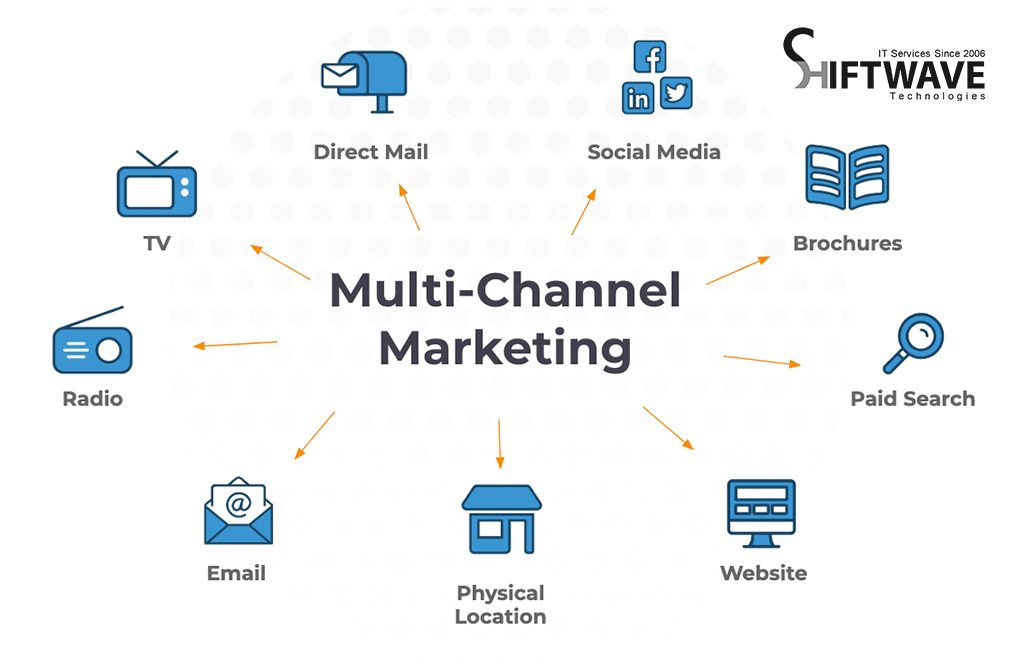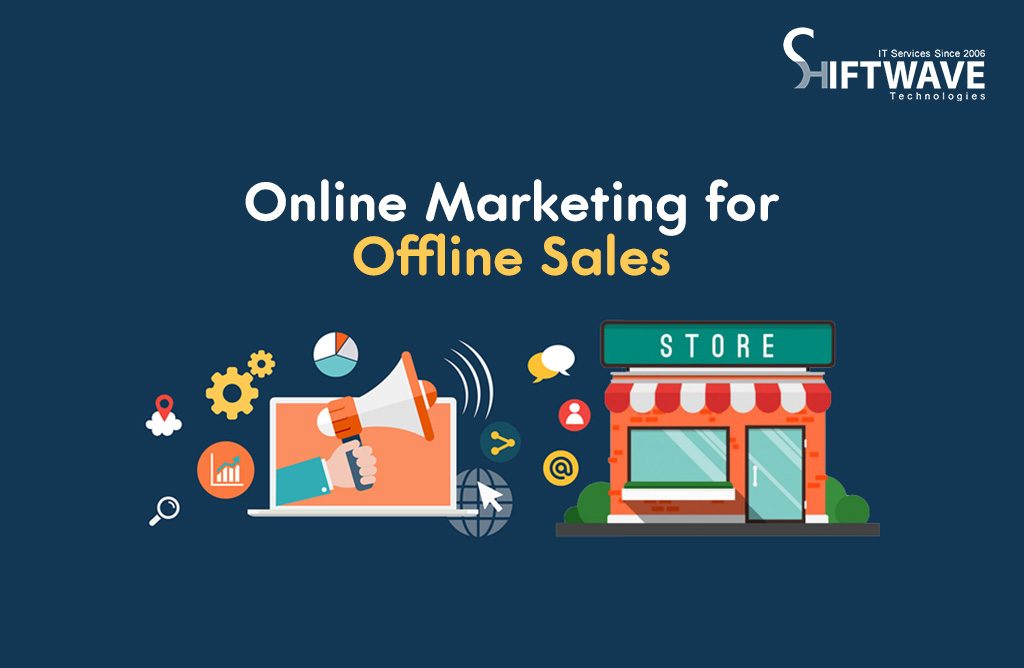Integrating Offline and Online Marketing Strategies – Shiftwave
Home » Blog » Integrating Offline and Online Marketing Strategies – Shiftwave

In today’s digital age, businesses are spoilt for choice when it comes to marketing channels. From traditional print and radio advertising to social media and email campaigns, the possibilities are endless. However, with so many options available, it can be challenging to know where to focus your efforts. This is where integrating offline and online marketing strategies can help.
1. Understanding the Importance of Offline and Online Integration
Offline and online marketing channels have different strengths and weaknesses. For example, offline marketing can be great for building brand awareness, while online marketing can be used to drive website traffic and generate leads. However, when these two channels are combined, they can complement each other and provide a more comprehensive marketing solution.
2. Creating a Consistent Brand Identity across Channels
One of the most critical aspects of integrating offline and online marketing strategies is creating a consistent brand identity. This means that your brand message, values, and visual identity should be the same across all channels. This consistency will help to reinforce your brand and increase recognition, whether your customers interact with you offline or online.

3. Leveraging Offline Marketing to Drive Online Engagement
Offline marketing channels, such as events, direct mail, and print advertising, can be used to drive online engagement. For example, you can use QR codes on your print materials to direct customers to your website or social media profiles. This approach can help to bridge the gap between your offline and online marketing efforts.
4. Using Online Marketing to Drive Offline Sales
Conversely, online marketing channels, such as PPC advertising and social media, can be used to drive offline sales. For example, you can use targeted advertising to promote in-store events or special promotions. This approach can help to bring customers into your physical store and provide a more personalized shopping experience.
5. Tracking and Measuring Cross-Channel Marketing Efforts
Integrating offline and online marketing strategies can make it challenging to track and measure the success of your campaigns. However, it is essential to have a system in place to monitor your cross-channel marketing efforts. Tools like Google Analytics and marketing automation software can help to provide insights into how customers are interacting with your brand across different channels.
6. Creating Targeted Campaigns with Cross-Channel Data
By tracking and measuring your cross-channel marketing efforts, you can gain valuable insights into your customers behavior. This data can then be used to create more targeted campaigns that address your customers needs and pain points across different channels.

7. Building a Comprehensive Customer Journey with Offline and Online Touchpoints
A comprehensive customer journey should include both offline and online touchpoints. By integrating these touchpoints, you can create a more seamless and enjoyable experience for your customers. This approach can help to increase customer loyalty and drive repeat business.
8. Utilizing Technology to Integrate Offline and Online Marketing
Technology can play a significant role in integrating offline and online marketing strategies. For example, you can use marketing automation software to create targeted email campaigns that complement your offline marketing efforts. Similarly, you can use location-based targeting to send personalized messages to customers in your physical store.
9. Optimizing Strategies Over Time
Integrating offline and online marketing strategies is an ongoing process that requires continuous optimization. By monitoring and analyzing your campaigns performance, you can make informed decisions about where to focus your efforts and make changes to improve your results.
Conclusion
Integrating offline and online marketing strategies can provide a more comprehensive marketing solution that addresses your customers needs and pain points across different channels. By creating a consistent brand identity, leveraging offline marketing to drive online engagement, and using online marketing to drive offline sales, you can create a more seamless customer journey and drive business growth. At the same time, it is essential to track and measure your cross-channel marketing efforts, use technology to integrate offline and online marketing, and continuously optimize your strategies over time.




